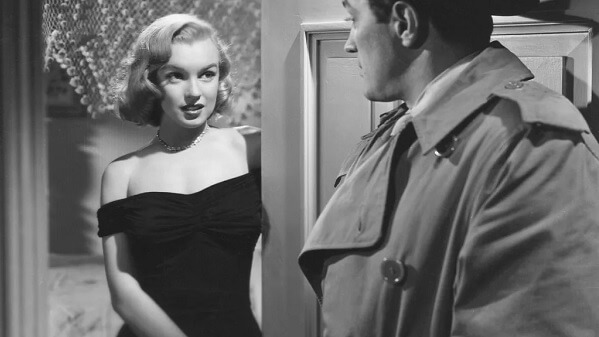Bringing the late stars of yesteryear to the silver screen again may be one way Hollywood seeks to use AI in film, but ethical qualms and potential legal disputes await.
Imagine, for a moment, Marilyn Monroe cast as the Julia Roberts character in a remake of Pretty Woman, or John Wayne playing the bad guy in a Quentin Tarantino take on the western.
Hollywood is on the cusp of a cinematic revolution that could see these long-dead legends return to the big screen in new roles by 2028, thanks in large part to advancements in Large Language Models.
The 2023 Hollywood strikes highlighted concern among writers and actors about their existential future in the industry – a sentiment echoed by Zeke Alton of the The Screen Actors Guild-American Federation of Television and Radio Artists (SAG-AFTRA) negotiating committee, who said studios were forcing workers to negotiate and bargain for their very existence.
OpenAI’s Sora text-to-video model is a milestone in proving the feasibility of converting scripts directly into visual stories without human intervention.
While AI-driven scripts and movies may not immediately garner the acclaim of productions like Oppenheimer, the real challenge lies not in the quality or recognition but in persuading audiences to embrace films produced by AI.
One solution proposed to help cross the dreaded ‘uncanny valley’, the eerie feeling induced by seeing non-humans exhibit human-like traits, is to resurrect renowned actors from the golden age of Hollywood through CGI – a practice that will likely be introduced incrementally.
This fusion of human-aided productions with AI-generated scenes could be the initial step toward audience acceptance. Already commonplace in science fiction, placing CGI actors alongside real-life artists could lay the groundwork for the future portrayal of well-loved figures like Monroe or ‘the Duke’.
Human-AI partnership is set to rise exponentially, too. A human-composed script could be fine-tuned by an AI for better market viability, a concept not unlike the use of AI in music production – where the appeal is algorithmically matched to historical patterns in commercially successful tracks.
Streaming giant Spotify is already allegedly seeding its platform with AI-generated tunes, foreshadowing a trend where shorts and video reels populate social media platforms such as YouTube, TikTok and Instagram on a vast scale.
From a legal standpoint, uncertainties remain.
Large Language Models dependent on existing copyrighted material for learning hover in grey zones of fair use – a position AI companies are holding onto while nearly 20 lawsuits wait in the wings.
It’s a high stakes bet: AI companies hope for a cultural shift that would consider their training methodologies as indispensable and beneficial before a definitive US Supreme Court ruling.
Another looming question is script and audiovisual production by Large Language Models, and whether this could potentially infringe on the copyright of existing works – a determination to be made individually, akin to human creative disputes.
Meanwhile, the use of the likeness of yesteryear’s actors brings into focus the right of publicity. For now, the likenesses of stars such as Monroe and Wayne are fair game in many jurisdictions, barring any future legislative changes.
As for consumers, transparency issues are on the rise with demands for AI-created content to be clearly labelled. While the industry may resist such regulations, the European Union has taken steps to lay down such tenets in the AI Act recently passed by the European Parliament.
The societal implications are profound.
Suppose machines become the main purveyors of our arts, literature, and journalism – fields integral to our comprehension of the world.
If the interpretation of our reality falls predominantly into the realm of machine intelligence, the trajectory of our future and our role in it will change. And, while human creativity will never truly fade, a machine-dominated industry could overshadow much of human output.
Daniel Gervais is the Milton R Underwood Chair in Law at Vanderbilt University where he teaches intellectual property and the law of artificial intelligence.
Originally published under Creative Commons by 360info™.
Is it right to use technology to resurrect long-dead performers? Would you watch a new movie made with their likeness? Let us know in the comments section below.
Also read: How virtual humans could brighten the lives of older Aussies

